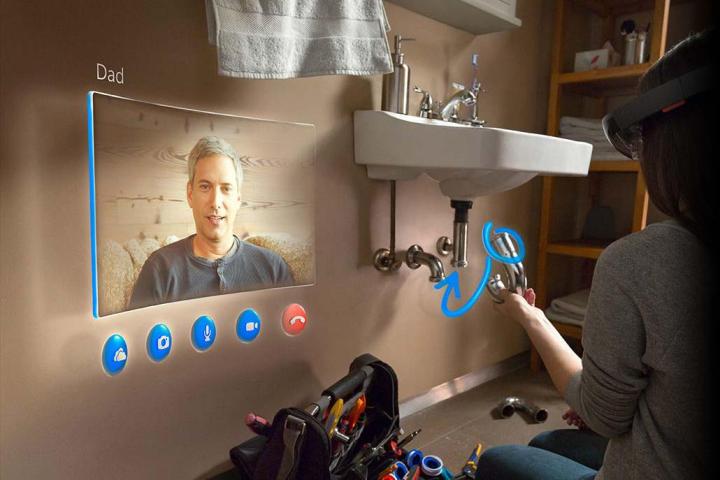
Hypothetically, this would allow the user of the HoloLens to quickly read people that are standing in front of them, basically a cheat sheet for reading emotions. As an example, Microsoft includes an illustration of a someone giving a presentation while using the HoloLens to read people within the audience. The presenter basically directs their attention to anyone that’s identified as being bored. That example could also translate into the school environment easily, basically directing the teacher to engage with children that are becoming distracted or bored in class.

Perhaps more outlandish, the patent also includes “Other social situations wherein the technology may be useful include romantic situations involving a one-on-one relationship between individuals.”
Of course, this type of romantic relationship would have to escalated to a point where both parties are comfortable interacting with a HoloLens device strapped to their heads or perhaps embedded within a pair of glasses similar to Google Glass.
At this point, it’s difficult to predict if the details included within this patent will actually end up in the final version of the HoloLens. Microsoft has been very guarded of the device, only allowing a select few to experience the technology in private demos. However, Microsoft will likely demo the technology at the Build conference this week, thus new details may emerge about the holographic headset.


